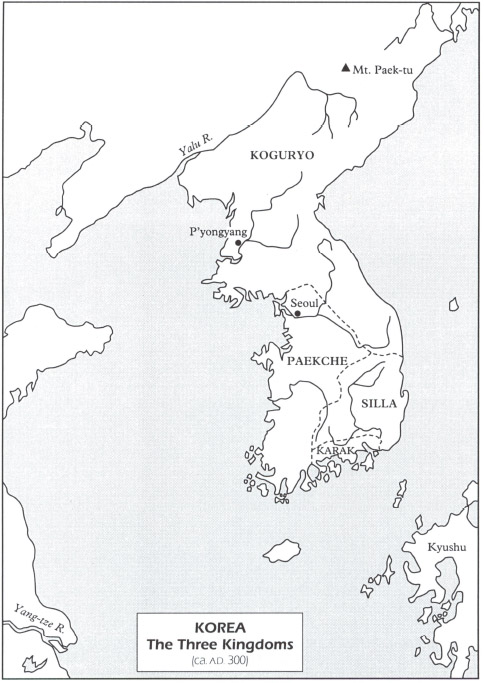The History and Development of Korean Martial Arts

Ancient Korea
The Korean Peninsula was first inhabited about 3000 B.C. by Tungusic tribes from central Asia. Their culture was Paleolithic (using tools made of stone) and their religion animistic (believing that all living things have a spirit separate from their physical constitution). The legendary figure Tan'gun is said to have formed the first Korean Kingdom in 2333 B.C.
Bronze was introduced to Korea in 108 B.C. by the Chinese, who founded colonies and through them introduced superior agricultural techniques to the peninsula. Due to these advancements in civilization and the unification of tribal groups, three loosely formed Korean states formed. They were, Paekche, which formed in 18 B.C., Koguryo, which formed in 37 B.C., and Silla, which formed in 57 B.C. This was the beginning of what became known as the "Three Kingdoms Period" of Korean history.
Koguryo, the largest kingdom, encompassed most of the Korean Peninsula, extending from the Chinese border southward. Paekche and Silla were both small kingdoms at the southern tip of the Korean Peninsula.
As a result of its size and military strength, Koguryo was the first to commit aggression against its smaller neighbors to the south. During this period, Paekche and Siila, in addition to battling Koguryo also fought each other.
Silla, the kingdom in the Southeast corner of the Peninsula, turned to China's Tang dynasty at this time for aid. The Silla envoy to the Tang court was Kim Chunch Ue. He obtained China's military alliance to fight the Koguryo and Paekche forces. It was agreed that if the Silla and Tang armies were to defeat Koguryo, the land south of P'yongyang would belong to Silla, while all land North of that would go to China. If they were to defeat Paekche, the entire country would become the sole possession of Silla.
In A.D.660, the combined Chinese and Silla forces defeated the' armies of Paekche. After winning the war, the Tang government ignored its agreement and set up five military bases in Paekche. It additionally attempted to set up pro-Chinese enclaves inside Silla. Though this angered the Silla government, as long as Koguryo existed in the north, Silla could not afford to sacrifice any military forces to battle the Tang.
Both the Northern invasion by the Tang into Koguryo and the Southern invasion by the Silla forces proved less successful than their previous military ventures. Yon, Kae So Mum, the king of Koguryo, died at this critical time, leaving his brother and two sons battling for power. With internal strife, due to governmental conflict and continued war, Koguryo's government fell to the Tang army, under the leadership of Li Chi, and the Silla forces led by Kim In Mum.
With Koguryo no longer between them, Silla and China went to war. This unified the peoples of Silla, Koguryo, and Paekche who attacked and defeated the Chinese army. From these battles the land south of the Taedong River was unified under one government.
During this period of endemic warfare the first formal group of Korean martial arts practitioners appeared. They were known as the Hwarang. This aristocratic warrior group is credited with the unification of the Three Kingdoms of Korea.

The Hwarang
The Hwarang (Flowering Youth) warriors were first envisioned by King Chinhung of Siila in 576 A.D. Though his kingdom had its army, the soldiers were not of an exceptional nature; which is why, through continued conflicts, his country could not defeat Koguryo and Paekche. Therefore, he set about to organize a group of young talented noblemen, who were exceedingly loyal to the throne, and could be extensively trained in all forms of warfare and then successfully go into battle against Koguryo, Paekche, and the Chinese Tang dynasty. The problem, however, was how to secure and evaluate aristocratic men of this caliber. Those who were chosen became Hwarang and were thus guided by a code of ethics prescribed by the eminent Buddhist monk, Wongwang. This was known as the Code of Hwarang, which states: 1) Serve the king with loyalty, 2) Be obedient to your parents, 3) Be honorable to a friend, 4) Never retreat in battle, and 5) Kill justly.
It was believed that if young men could be gathered into groups, and taught about Buddhism, honor, and the arts, the exceptionally talented ones among them would overshadow the rest. To this end, two beautiful court women were selected to gather men around them. The names of these two girls were Nammo and Chunjong. Several hundred men did, in fact, congregate in their presence. Chunjong became jealous of Nammo, poisoned her wine, and threw her in the river, killing her. Chunjong was subsequently put to death by the royal court and the group of men surrounding them disbanded.
King Chinhung's next method was to choose handsome male youths of Noble birth. Some of them were as young as twelve years old. They were then dressed in the finest clothing and their faces were attractively painted with elaborate make-up. They were extensively instructed in Buddhism, poetry, and song as it was believed those who fared well in these activities had the grace to become competent warriors. Thus, a certain amount of them were recommended to the Hwarang court.
These chosen individuals, now referred to as Hwarang, were trained in many forms of martial combat, and continued their studies in Buddhism and the arts. The training program of the Hwarang warriors included climbing rugged mountains and swimming in turbulent rivers during the coldest months of the year. They trained their bodies in many forms of hand-to-hand combat, including such weapons as the sword, staff, hook, spear, and the bow and arrow.
The Hwarang are believed to have developed an unarmed martial art named Su Bak. As a result of their extensive mountain running, the leg muscles of the Hwarang were well developed. As a result, they emphasized kicking techniques in their system of hand-to-hand combat.
The Hwarang fell into decline by the end of the seventh century until they became virtually non-existent. They became known more as a group specializing in healing, Buddhist philosophy, and poetry than as warriors.

Su Bak
Su Bak is the first martial art believed to have existed in Korea. Korean historians often place it during the legendary rule of King Tan'gun (2333 B.C.). There is, however, no historical data to support this contention.
There are historic records of Su Bak's existence in the fourth century A.D., in Korea. Paintings in the Kak Je Tomb, of Koguryo, depict two Su Bak practitioners sparring. It is difficult to decipher the actual fighting techniques of Su Bak as the tomb paintings are vague.
It is believed that Su Bak was practiced by the military during the late "Three Kingdoms Period." Su Bak was practiced as a supplement to the weapons arts used by the military. Therefore, Su Bak fighting techniques focused on "quick-kill" methods of attack.
During the late "Three Kingdoms Period," practitioners of Su Bak began to dissipate, thus fragmenting the art. One Korean martial art that developed during this time was Yoo Sool. Yoo Sool was a softer grappling art, which some historians claim was the basis upon which Japanese Jujutsu is structured.

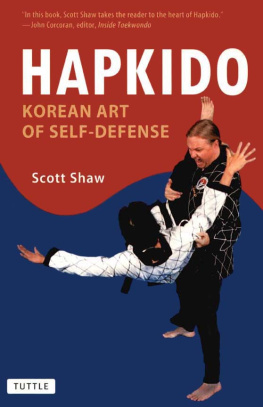
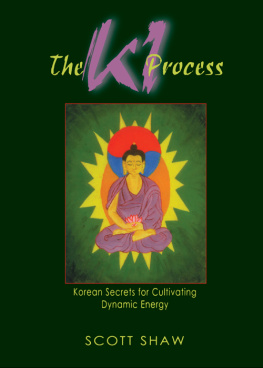



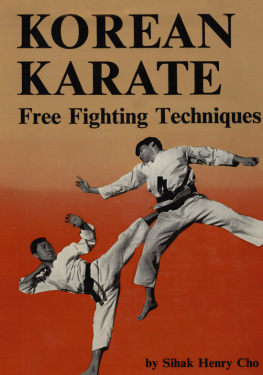
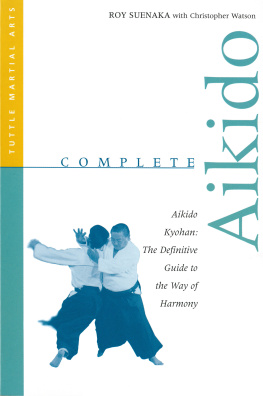

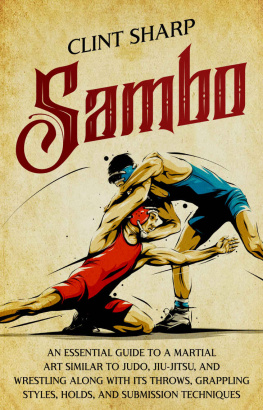

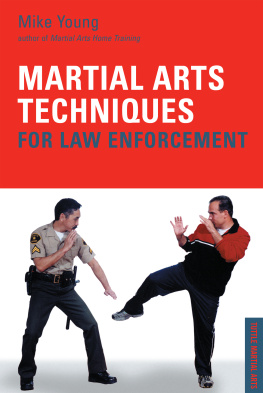
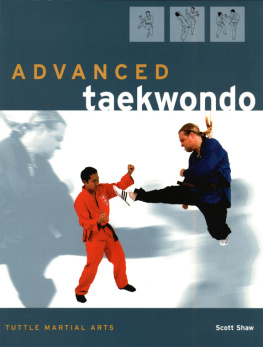

 Ancient Korea
Ancient Korea